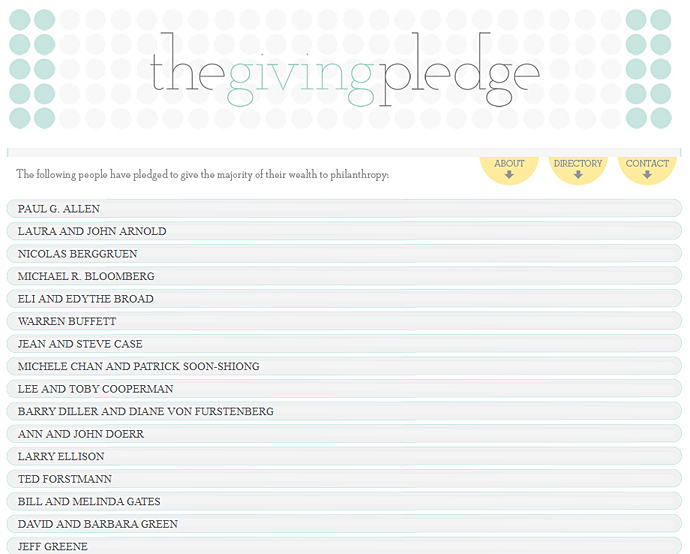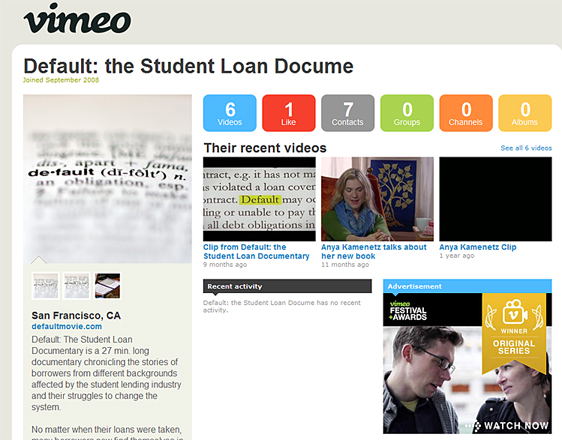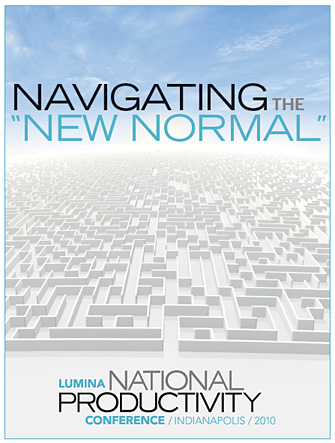Press Release:
EDUCAUSE and NGLC announce second wave of funding
SEATTLE – Next Generation Learning Challenges today announced a new round of challenge grants that will provide up to $10 million to expand promising technology tools and applications that help more students master seventh- through ninth-grade math and literacy competencies, which are critical to college and career readiness. The initiative, which is already supported by a grant from the Bill & Melinda Gates Foundation, also announced today a $1.4 million investment from the William and Flora Hewlett Foundation to broaden funding for the program’s grants to innovators.
“This initiative has the potential to help change how the next generation of students learns,” said Paul Brest, president of the Hewlett Foundation. “Technology has a great role to play in advancing ‘deeper learning,’ an approach to improving education that helps students achieve a critical combination of the fundamental knowledge and practical skills they will need to succeed in a fiercely competitive global economy.”
Next Generation Learning Challenges provides investment capital to technologists, institutions, educators, and entrepreneurs to bring promising technology solutions to more students across the K-12 to postsecondary spectrum. The initiative released its first request for proposals (RFP)—focused on improving postsecondary education—in October 2010. Finalists eligible for funding from this round will be announced within the next several weeks.
















